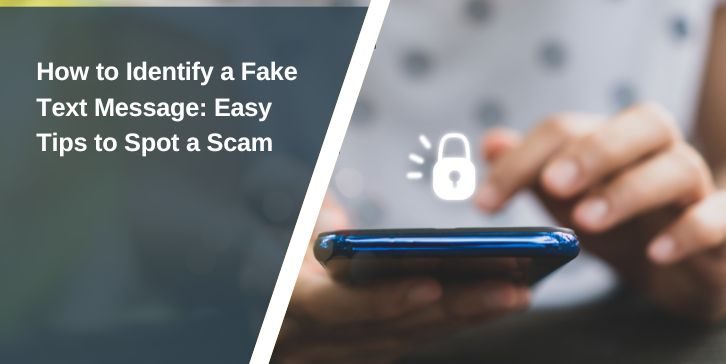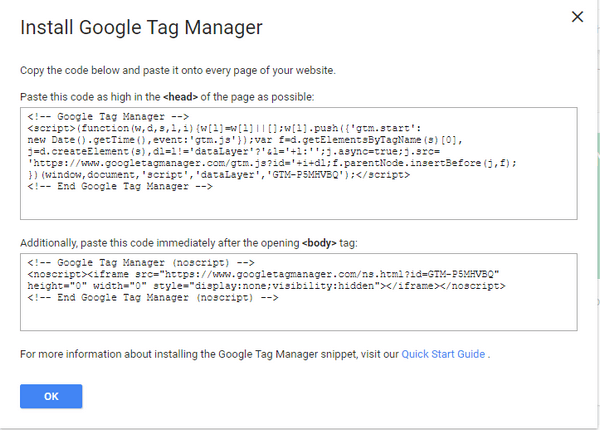Fake text messages are becoming more common every day. Scammers use them to trick people into clicking bad links, giving away personal information, or even sending money. If you’ve ever received a strange message that didn’t seem right, you’re not alone.
The good news is that most fake texts have warning signs, and once you know what to look for, they’re easy to avoid.
What Is a Fake Text Message?

A fake text message — also called smishing (SMS phishing) — is a message that looks like it comes from a trusted source, like your bank, delivery service, or even a government agency. But it’s actually sent by scammers trying to steal your data or money.
These messages may:
- Pretend to be from your bank
- Claim a package is waiting
- Say your account is locked
- Promise a reward or prize
The goal is the same: get you to click, reply, or share private information.
Signs You’re Looking at a Fake or Scam Text
Here are some common signs that a message might be fake:
- It sounds urgent – “Act now,” “Your account is locked,” or “Final notice”
- Spelling or grammar mistakes – Real companies usually don’t send sloppy texts
- Unknown or random number – Often international or hidden numbers
- Weird or shortened links – Like bit.ly or strange domain names
- Asks for personal info – No real company will ask for passwords, PINs, or bank info in a text
- Too good to be true – “You’ve won a free iPhone!” is never real
If something feels off, trust your gut and double-check before clicking.
Examples of Fake Texts
Here are real-style examples of scam messages:
- “Your FedEx package is held. Confirm details here: fedx-delivery.xyz”
- “Bank alert: Suspicious login attempt. Secure your account now: secure123.link”
- “Congrats! You won a $1,000 Walmart gift card. Click to claim.”
- “We noticed an issue with your tax return. Log in immediately: gov-login.site”
These messages often use real company names to seem legit, but the links and numbers are fake.
What to Do if You Get a Suspicious Message
If you receive a message that looks suspicious, here’s what you should do:
- Don’t click any links
- Don’t reply, even if it says “Text STOP to unsubscribe”
- Block the sender using your phone’s message settings
- Take a screenshot if you want to report it
- Delete the message after taking action
Never give away passwords, credit card info, or personal details through text.
How to Report a Fake Text

Reporting scam texts helps stop them. Here’s how:
- Forward the message to 7726 (SPAM) — works with most mobile carriers
- Report to your government — like the FTC (U.S.), NCSC (UK), or CERT (other countries)
- Tell the real company if they’re being impersonated
- Let your bank know if the scam text involved account information
Tools to Protect Yourself from SMS Scams
You can use these tools and tips to avoid future scams:
- Turn on spam protection in your phone settings (available on iPhone and Android)
- Use call/message filter apps like Hiya, Truecaller, or Norton
- Keep your phone’s software up to date
- Don’t install apps from unknown sources
- Use multi-factor authentication (MFA) for important accounts
Being careful with texts is just as important as being careful with email.
Summary
Fake text messages — or smishing scams — are designed to trick you. But once you know the signs, you can easily spot and avoid them.
If you’re ever unsure, contact the company directly using their real website or phone number — not the info in the text.
Stay alert. Stay safe. And always think before you tap.



